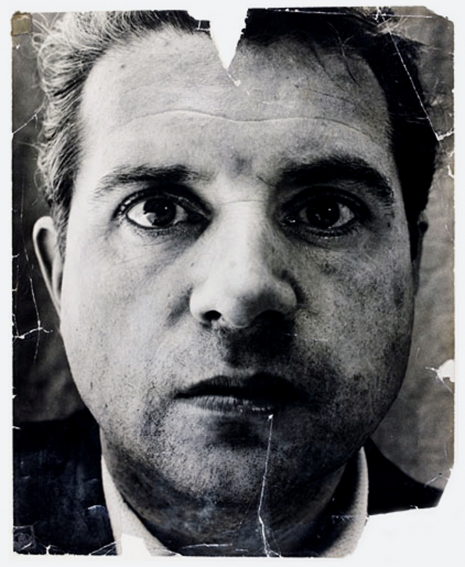
Portrait of Francis Bacon.
The photographer John Deakin was usually pissed as a fart. He haunted the bars and after-hours drinking dens in and around Soho during the fifties and sixties. He cadged booze and on occasion hawked “dirty pictures” to sailors at ten-bob a throw. Most who saw this shabby character drifting through the London streets dismissed him as a bit-player, a hanger-on, part of the alcoholic detritus heaved-up on the sidewalk. To those who knew him Deakin was either loved or loathed—there was no halfway house.
Lucian Freud described Deakin as:
Like Cinderella and the Ugly Sisters at the same time.
While socialite and Woolworth heiress Barbara Hutton said he was:
The second nastiest man I ever met.
Who the first was, we can only imagine. No matter the divisive response Deakin’s personality engendered, there was one thing about John Deakin everyone agreed upon—he was a genius photographer whose work was uncompromising, almost brutal in its full-frontal honesty.
As the art critic John Russell noted this fact after Deakin’s death in 1972:
When John Deakin died, there was lost a photographer who often rivaled [Francis] Bacon in his ability to make a likeness in which truth came unwrapped and unpackaged. His portraits like Bacon’s, had a dead-centred, unrhetorical quality. A complete human being was set before us, without additives.
While Deakin said of himself, that he was:
...fatally drawn to the human race, what I want to do when I photograph it is to make a revelation about it. So my sitters turn into my victims. But I would like to add that it is only those with a daemon, whose faces lend themselves to be victimized at all.
Born in Liverpool in 1912, Deakin was educated at West Kirby Grammar School, which he left at the age of sixteen to travel across Ireland and Spain. On his return to England he met up and started a relationship with gallery owner Arthur Jeffress, who bankrolled Deakin until after the Second World War when the pair split up.
Deakin started taking photographs in 1938. During the war he served as a photographer with the British Army Film Unit, documenting the Allies’ campaign at El Alamein. During one briefing given by Field Marshall Montgomery in which “Monty” warned the assembled soldiers they were vastly outnumbered by “Wommel” and his superior German tanks, Deakin could be heard anxiously asking one of his comrades, “Do you think we are on the right side?”
After the war, Deakin started his career as a photographer in earnest achieving considerable success and notoriety as a fashion photographer for Vogue. He was fired from Vogue twice: once for losing his camera equipment (which some alleged Deakin sold to pay for booze); and a second time for his “blistering” personality. He worked at various jobs—including a stint at the Observer newspaper.
Most significantly, he was regularly hired by the artist Francis Bacon to take photographs of his models—Henrietta Moraes, Isabel Rawsthorn, Lucian Freud and George Dyer. It was his “pornographic” photographs of Henrietta Moraes that Deakin hawked around Soho’s bars for beer money. Bacon said Deakin was “the best portrait photographer since Nadar and Julia Margaret Cameron.”
Though Deakin was an alcoholic, he didn’t piss his talent up against the wall. After his death, the large portfolio of photographs and negatives he left behind revealed the extent of Deakin’s talent and utter dedication to his craft. He was a genius who never received the acclaim he rightly deserved. Critic Robin Muir wrote that Deakin’s “portraits still look starkly modern, half a century on.” While his friend the writer Dan Farson considered Deakin’s place would be:
...as one of the most disturbing photographers of the century. The expressions of his victims look suitably appalled for Deakin had no time for such niceties as “cheese” and the effect was magnified by huge contrasty blow-ups with every pore, blemish, and blood-shot eyeball exposed. In this way, he combined the instant horror of a passport photo with a shock value all his own.
In 1991, Channel 4 broadcast a documentary The Life and Unsteady Times of John Deakin which brought together all of the key players in Deakin’s life (now all sadly dead) to discuss this strange and talented photographer’s incredible career.

Francis Bacon, 1952.
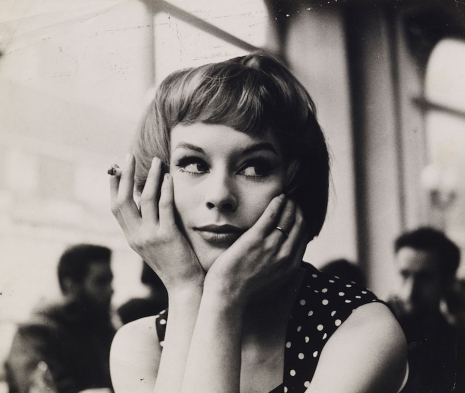
Girl in a cafe, circa late 1950s.

Jeffrey Bernard, London 1950s.
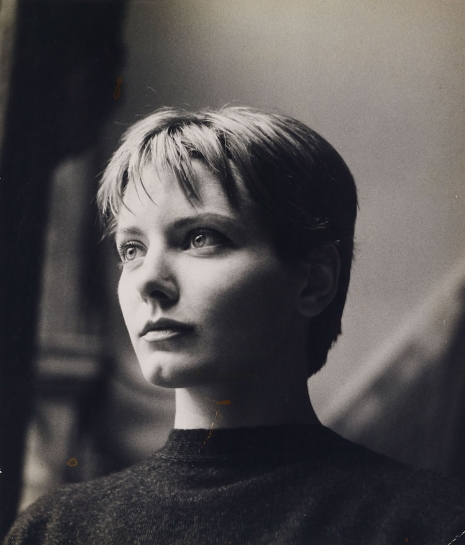
Jackie Ellis, circa 1950s.
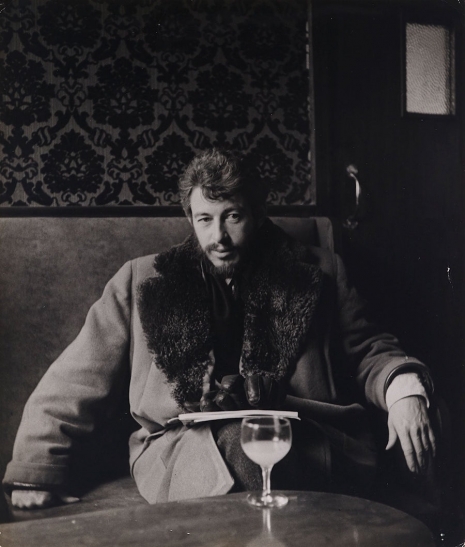
J. P. Donleavy, Soho 1950s.
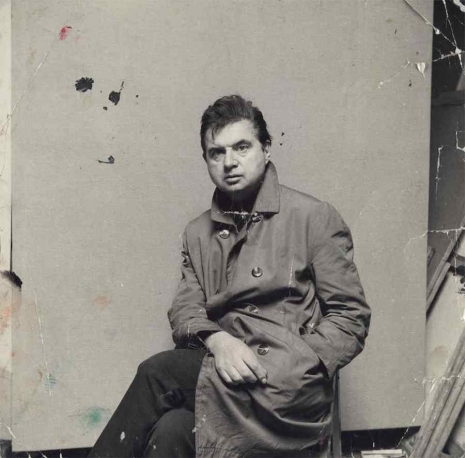
Francis Bacon in his studio.
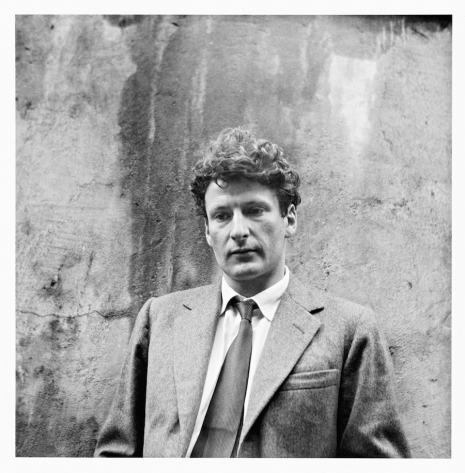
Lucien Freud, 1960s.

Bacon’s painting of Freud based on the photograph by Deakin. Bacon paid Deakin to take pictures of his sitters as he preferred to work from photographs rather than ‘real life.’
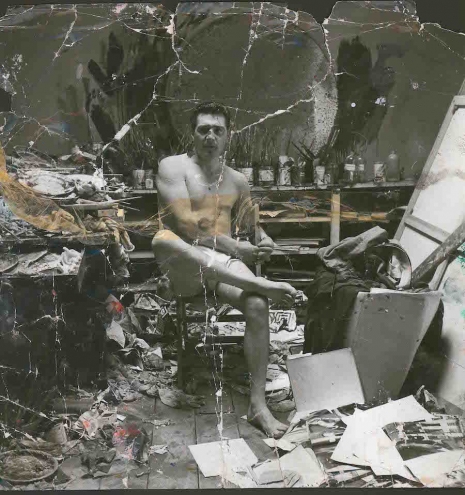
Bacon’s lover, model and ex-criminal George Dyer.
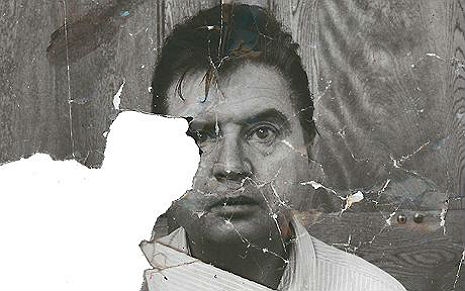
Francis Bacon
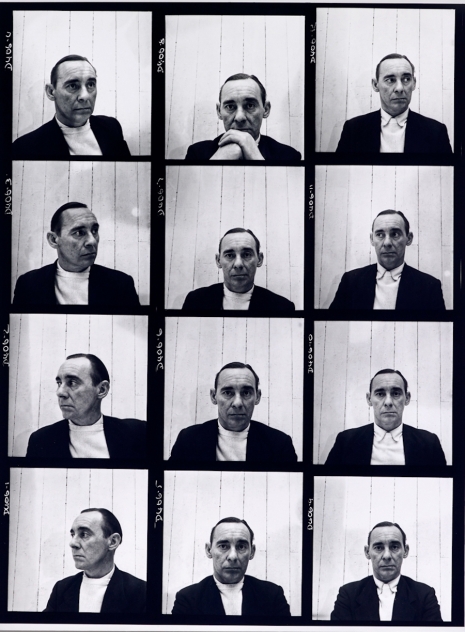
John Deakin self-portraits.
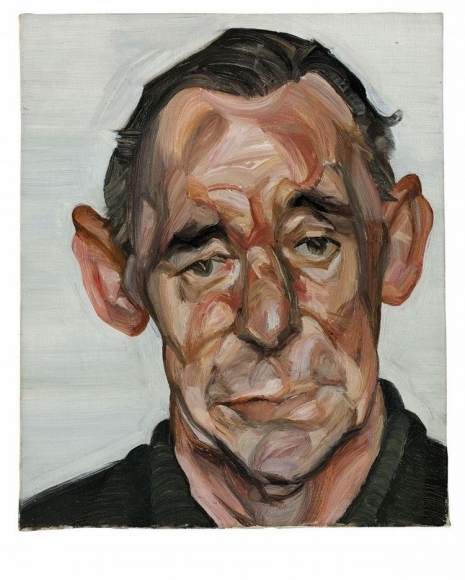
Lucian Freud’s 1963 portrait of John Deakin.
Previously on Dangerous Minds:
Francis Bacon gets drunk
‘Fragments of a Portrait’: Classic documentary on Francis Bacon from 1966
Francis Bacon’s women
H/T Alchetron, New Criterion, Creative Boom and the Red List.